Nighttime Goggles for Motorcyclists: Do They Really Work
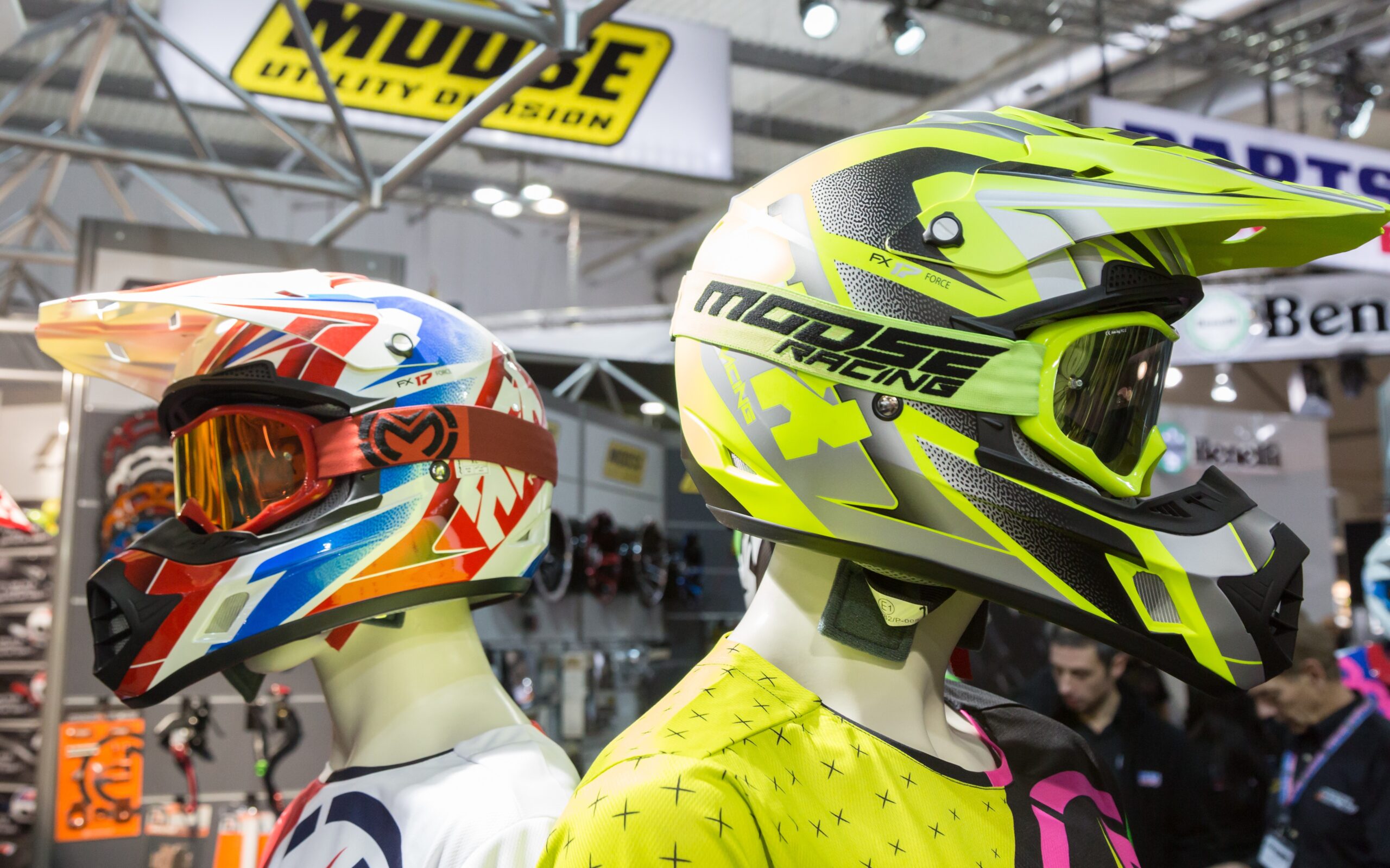
Riding a motorcycle at night presents unique challenges, especially when it comes to visibility. Many riders consider using nighttime goggles to enhance their vision and safety after dark. These goggles are designed to improve contrast and minimize glare, which can be particularly helpful under streetlights and against oncoming headlights. But do they really work? Here’s an analysis of nighttime goggles, including how they function and whether they are a worthwhile investment for riders.
How Nighttime Goggles Work
Nighttime goggles typically have lenses tinted with a yellow or amber hue. The idea behind this coloration is to enhance contrast by filtering out blue light, which is predominant in low-light conditions and can create glare that obscures details.
Benefits
Enhanced Contrast
By filtering out blue light, these goggles can help define edges and barriers more clearly, which is particularly useful for spotting potholes, debris, and other hazards on the road.
Reduced Glare
The tint helps diminish the glare from headlights, street lamps, and other bright sources, which can be blinding to riders during night rides.
Improved Visual Clarity
For some riders, the yellow tint can make the environment appear sharper, aiding in overall visual clarity when lighting is poor.
Considerations and Limitations
While nighttime goggles can provide certain benefits, there are also important limitations and considerations to keep in mind
False Sense of Security
It’s crucial to remember that while goggles can improve visibility, they don’t eliminate all the dangers associated with night riding. Riders might feel a false sense of security and overestimate their visibility on the road.
Variability in Effectiveness
The effectiveness of nighttime goggles can vary depending on the rider’s individual vision needs and the specific lighting conditions. What works in one setting might not be effective in another.
Potential for Reduced Visibility: In some cases, especially if the goggles are not well-designed, the tint can actually reduce visibility. This is particularly true in very dark areas where the ambient light is insufficient.
Legal and Safety Regulations: Before using tinted goggles at night, it’s important to check local laws and regulations as some areas might have restrictions on tinted lenses during night riding due to the potential reduction in visibility.
Alternatives to Nighttime Goggles
For those who find nighttime goggles do not suit their needs or are illegal in their area, there are other strategies to improve night riding safety.
Enhanced Motorcycle Lighting
Upgrading your bike’s lighting system can provide a more direct solution to visibility problems. Consider installing brighter, more efficient LED lights.
Reflective Gear
Wearing reflective clothing and adding reflective tape to your bike can significantly increase your visibility to other drivers.
Clear Visors with Anti-Glare Coatings
Some helmet visors are equipped with anti-glare coatings that can reduce headlight glare without the color distortion that can come with tinted goggles.
Nighttime goggles can be a helpful tool for some motorcyclists, offering enhanced contrast and reduced glare, which might improve safety when riding after dark. However, they are not a one-size-fits-all solution and may not be effective or appropriate for everyone. Riders should consider their specific needs, try different options, and always prioritize safety by riding defensively and ensuring their motorcycle is well-equipped for night riding. Ultimately, the best approach is a combination of proper gear, enhanced bike lighting, and vigilant riding practices.
Similar Advices



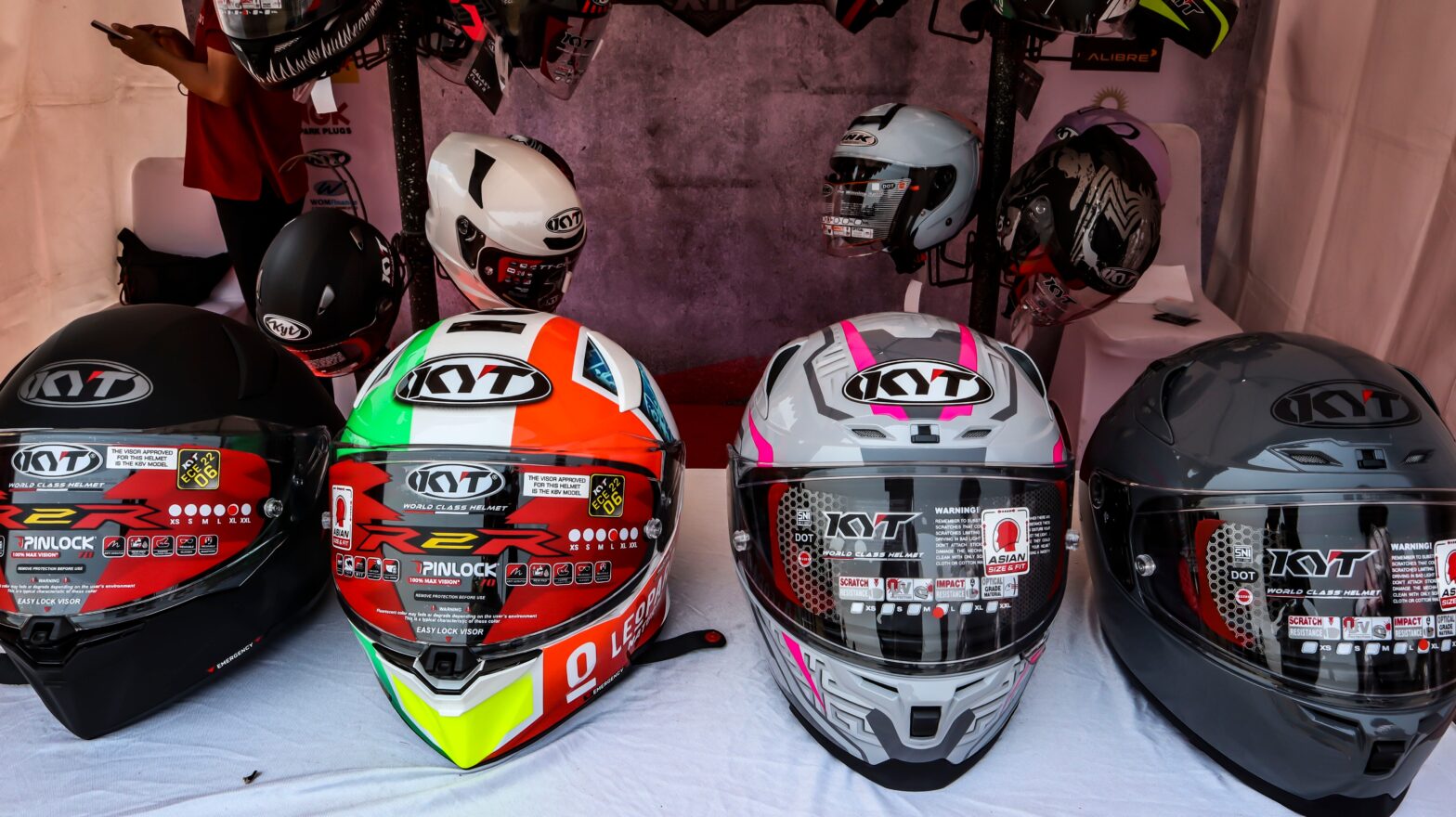
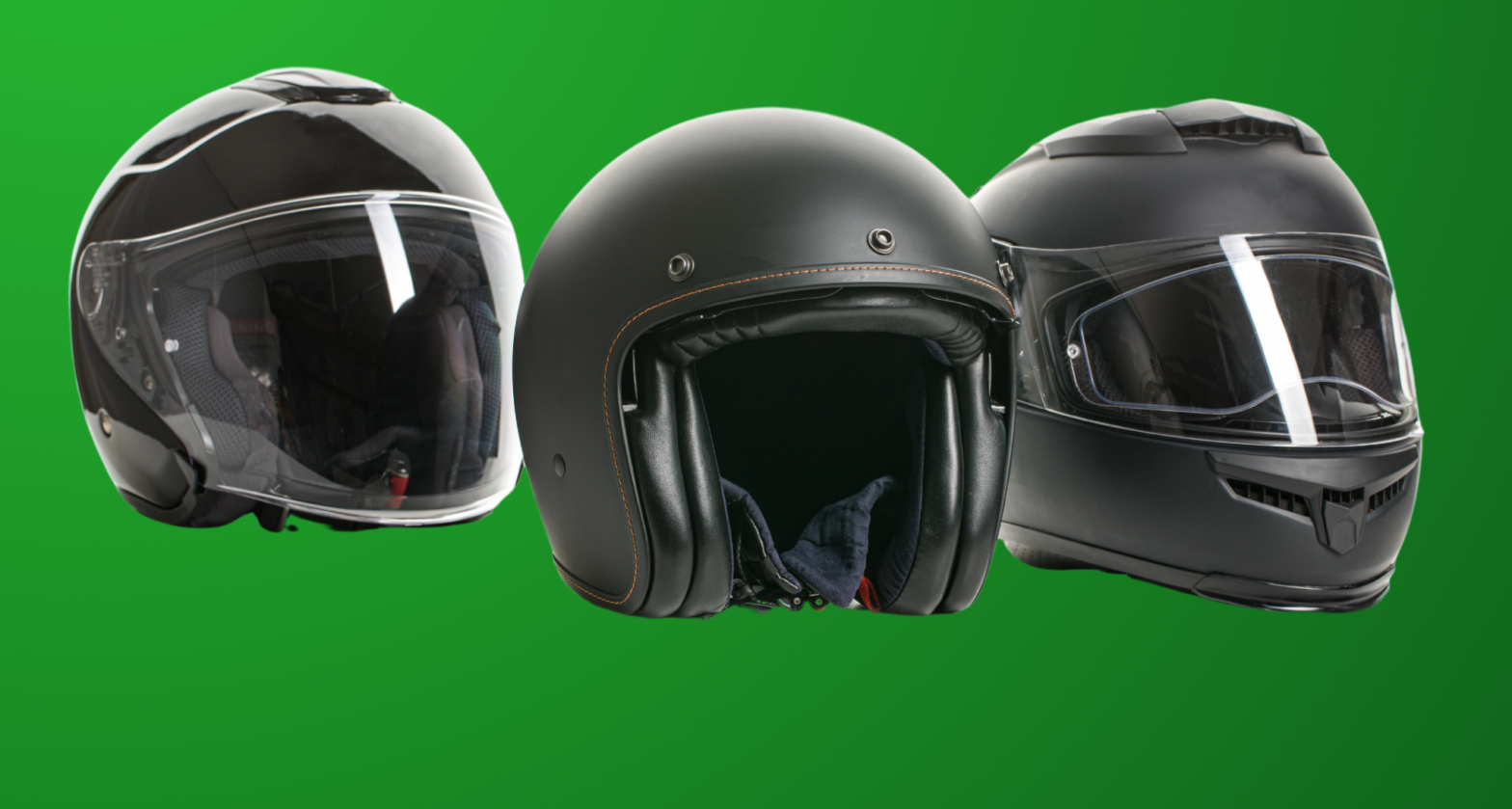
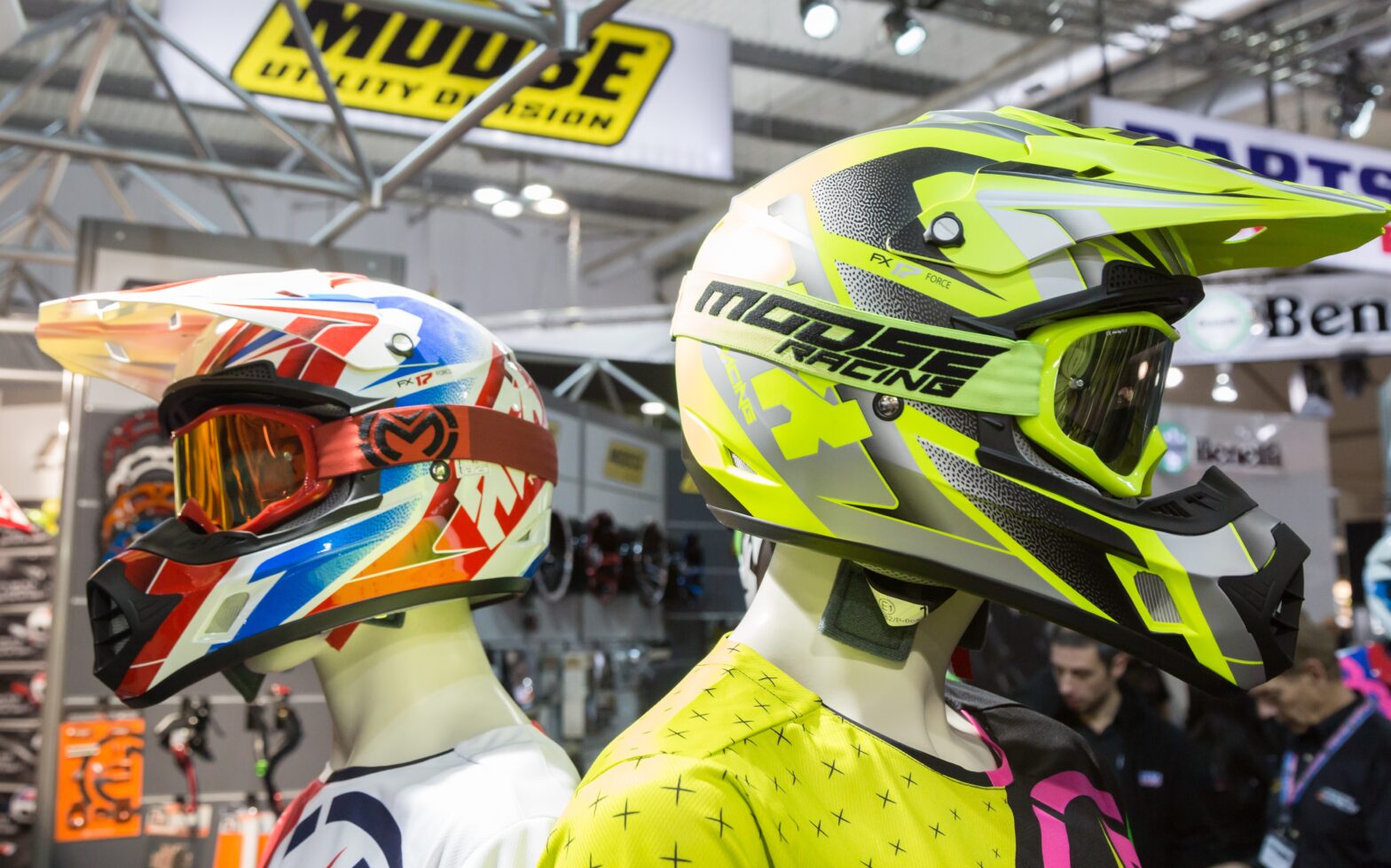

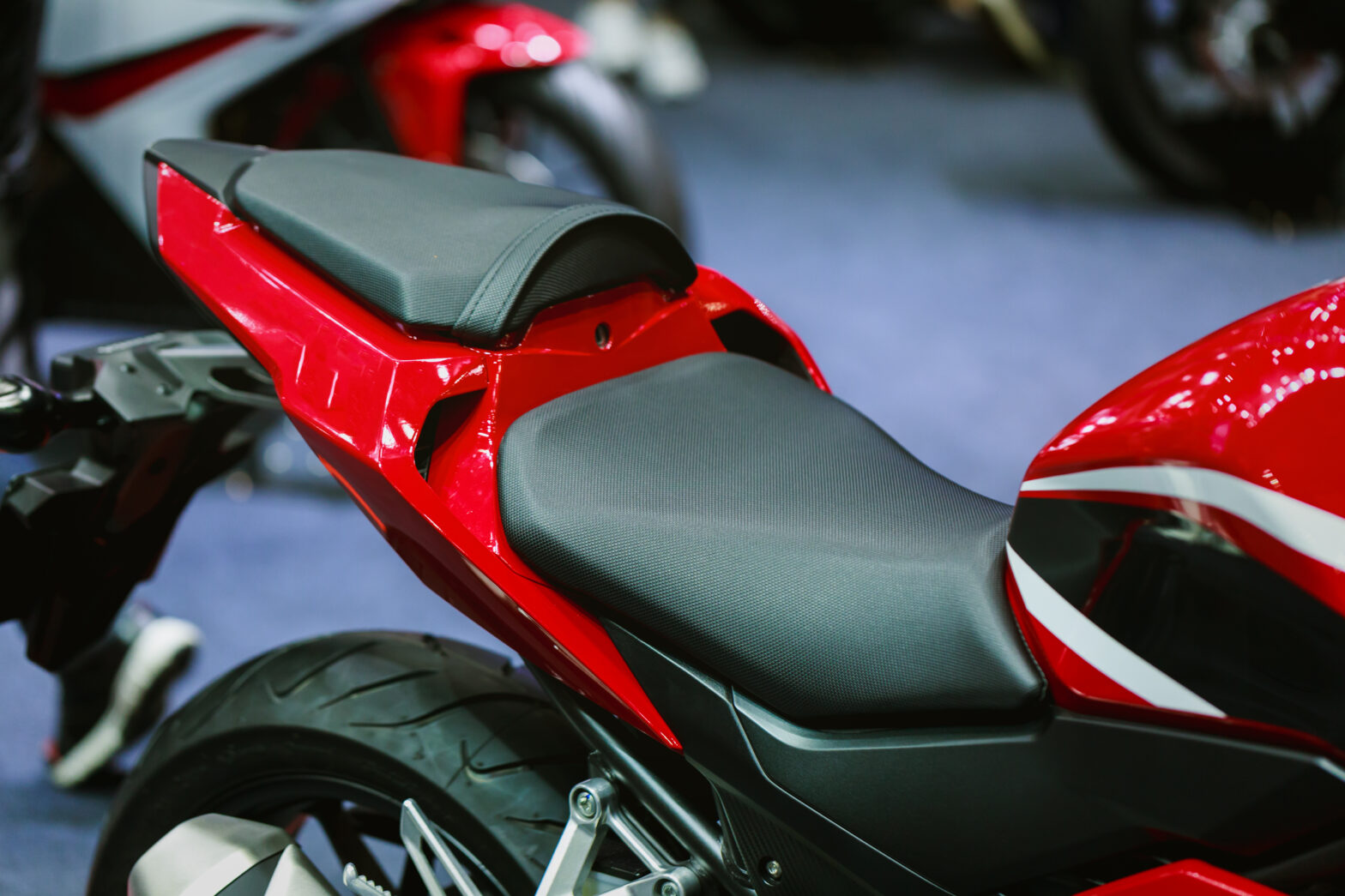
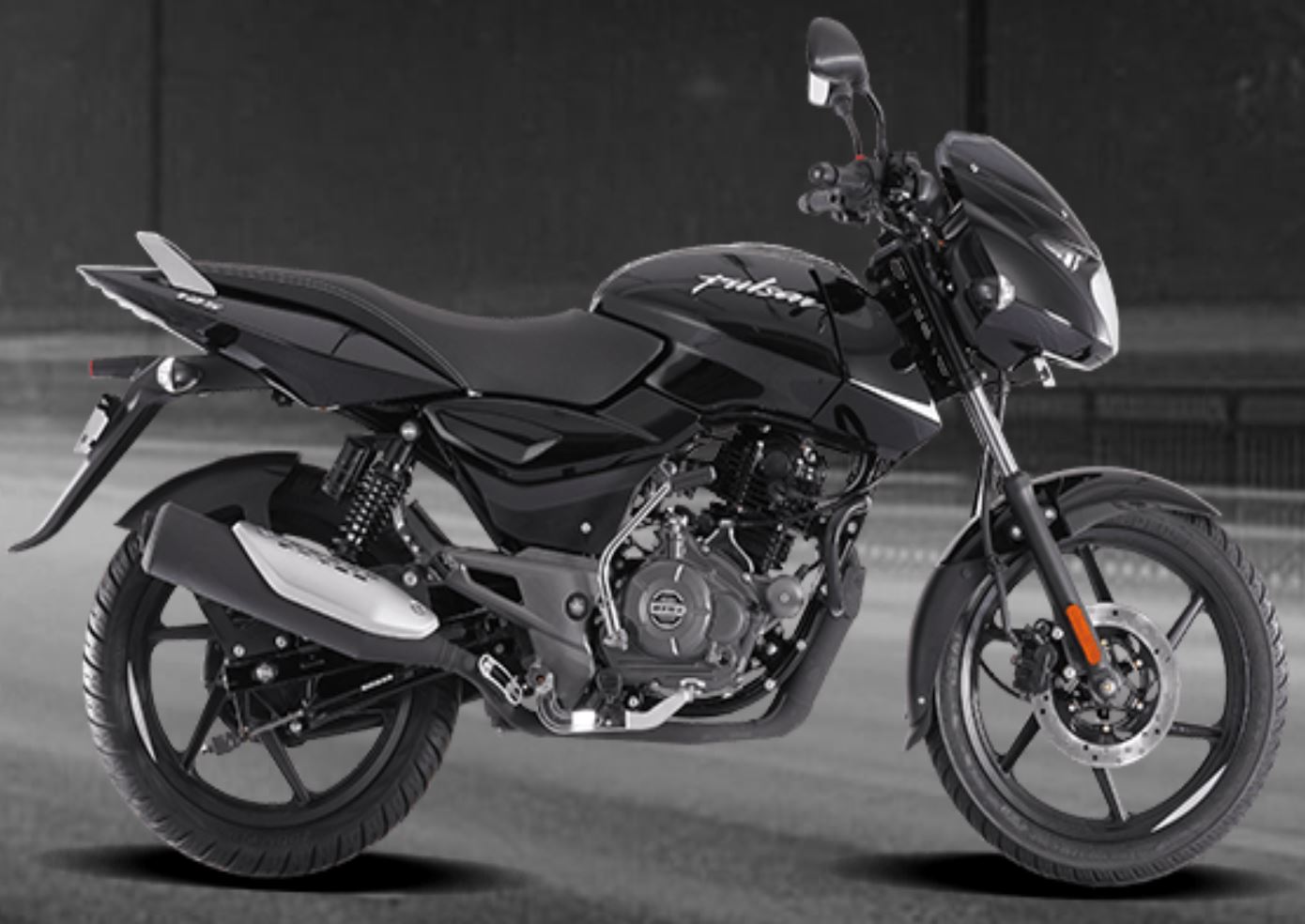
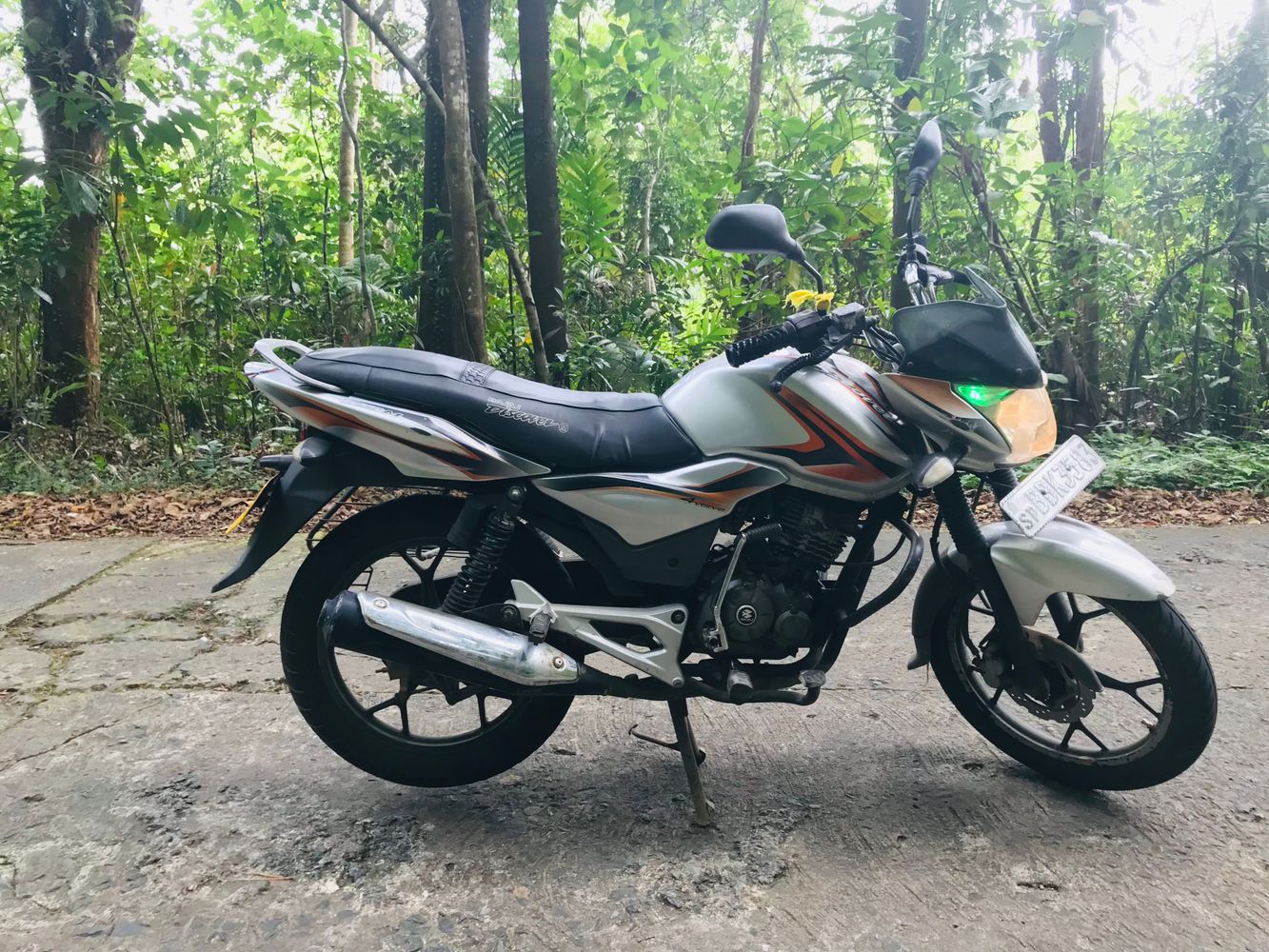
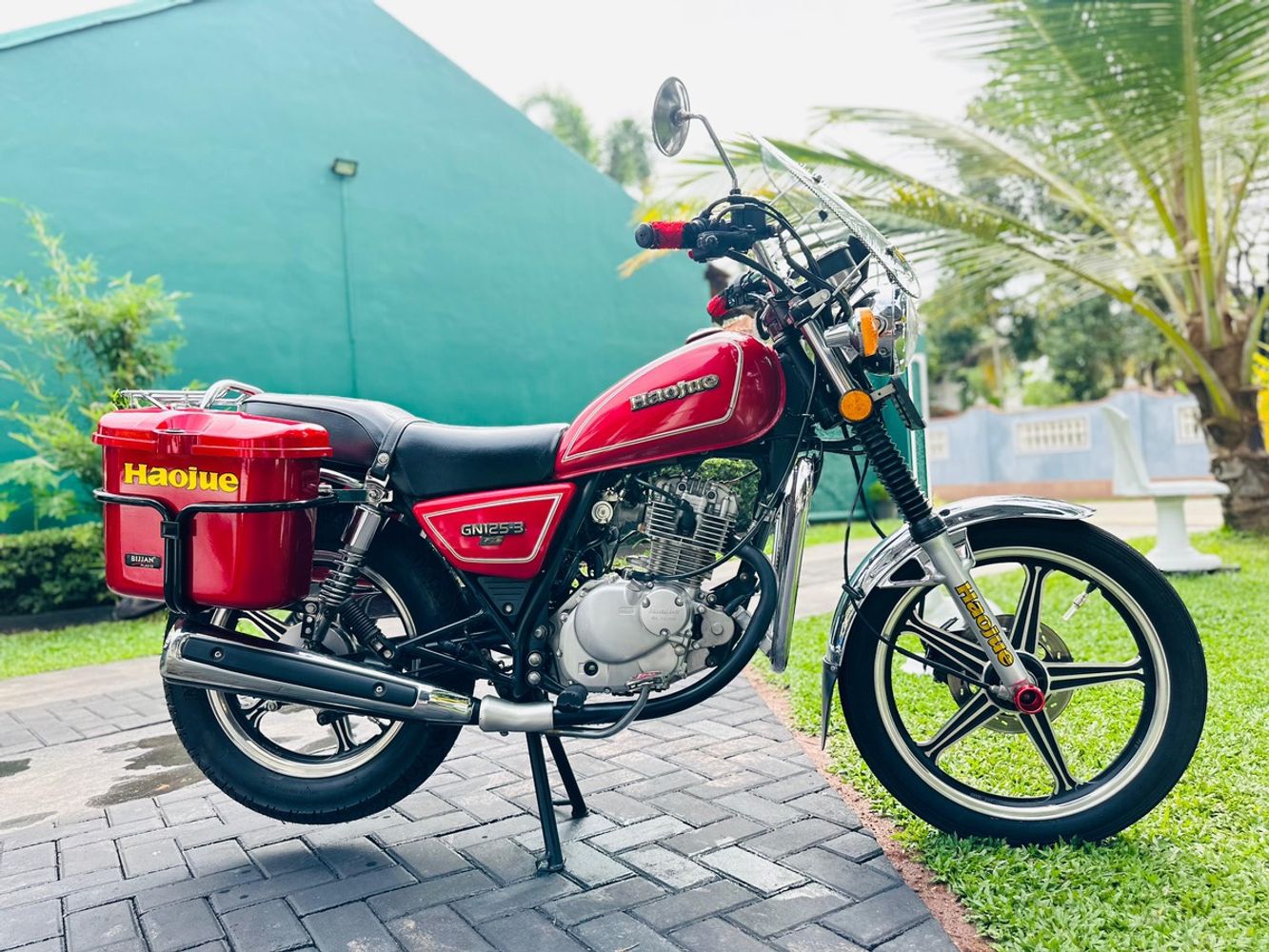
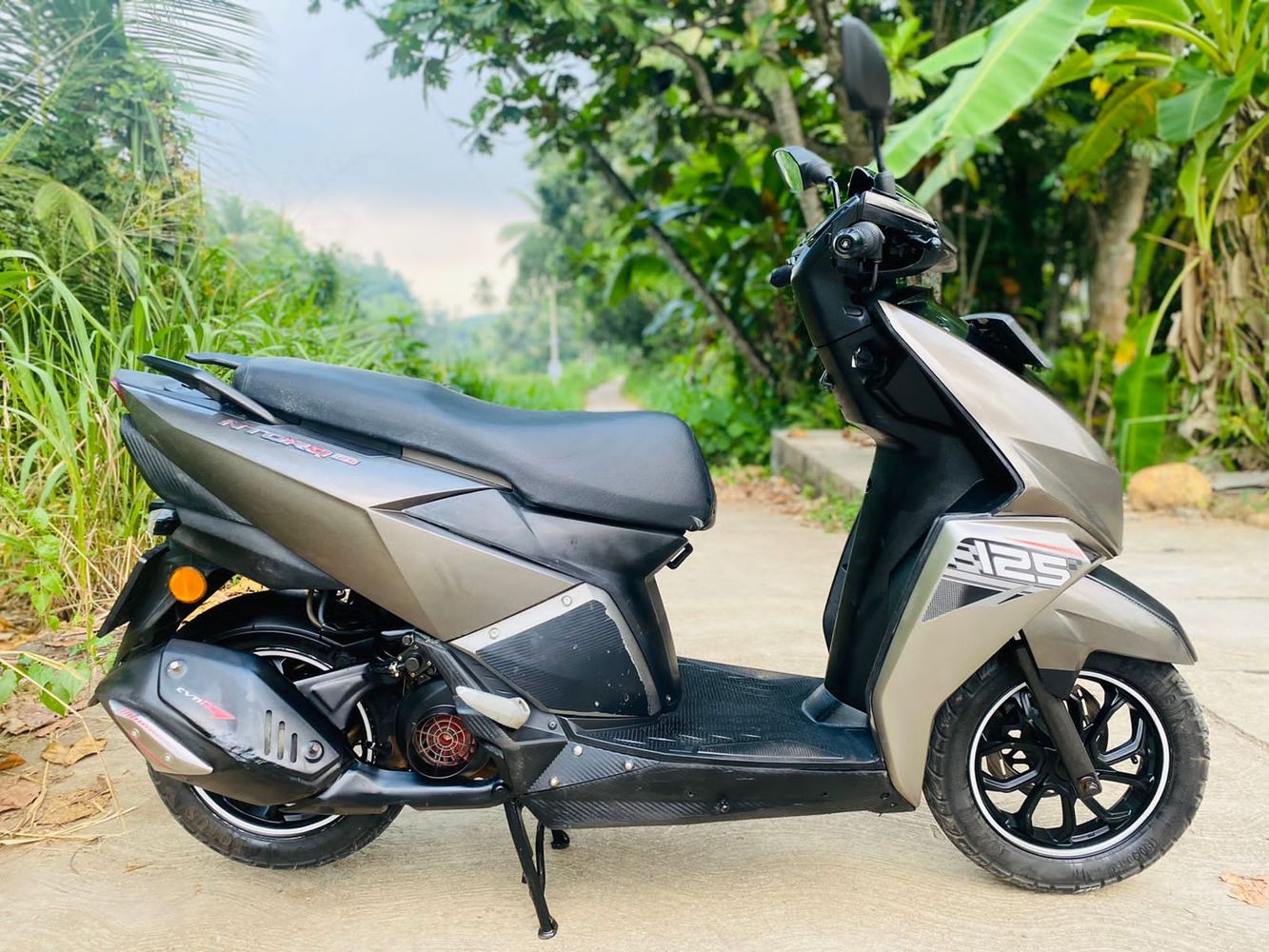
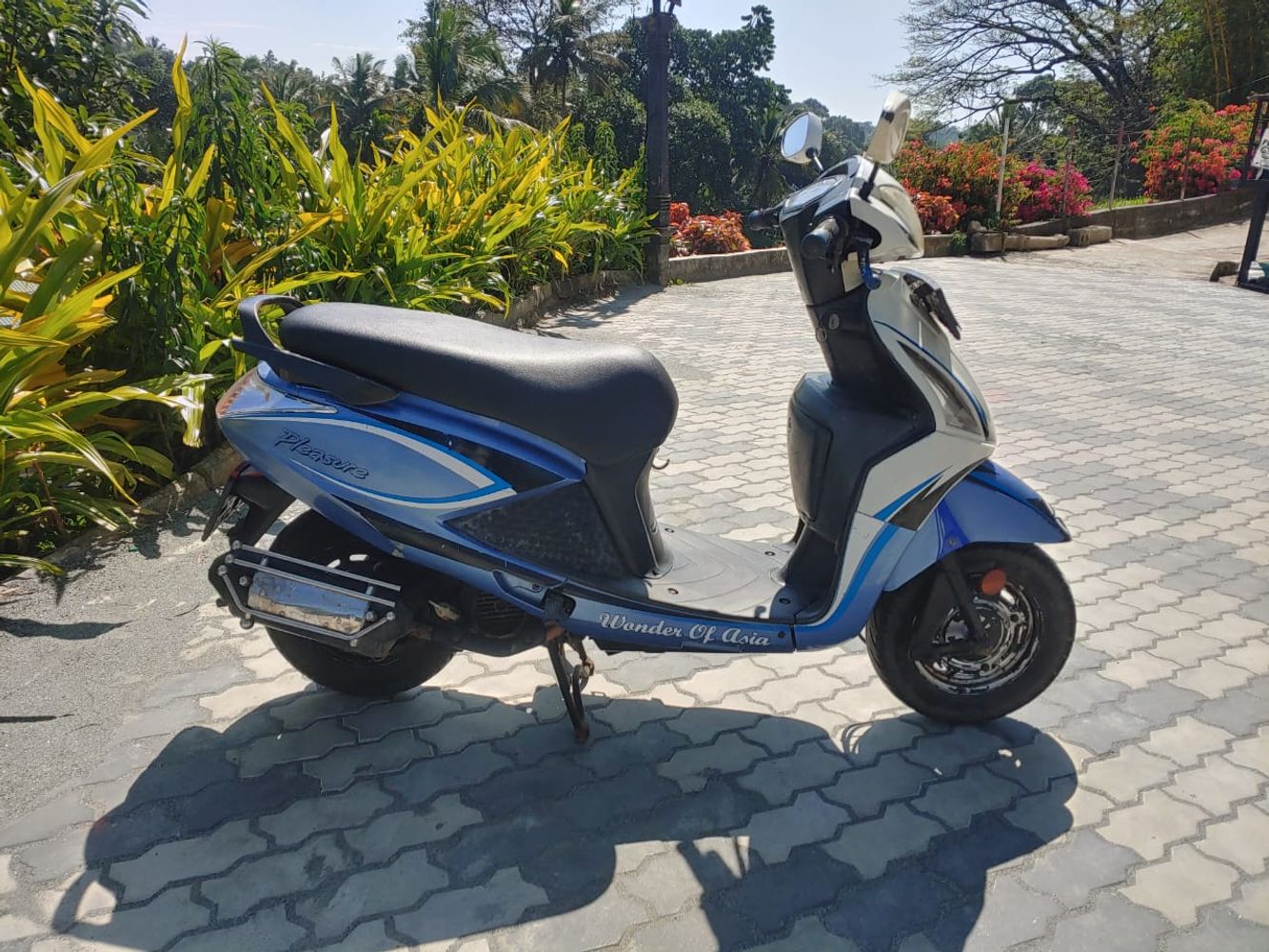
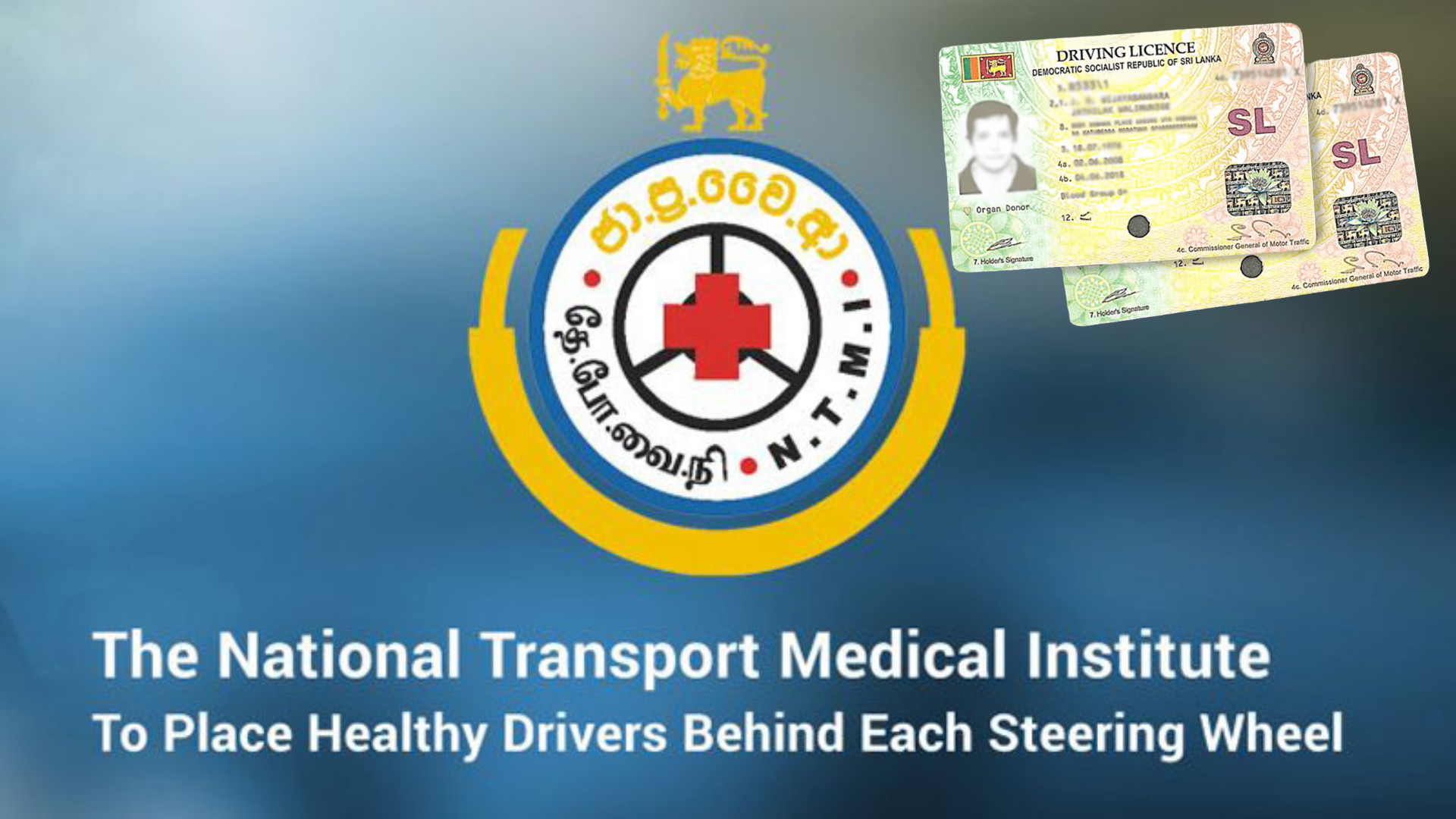
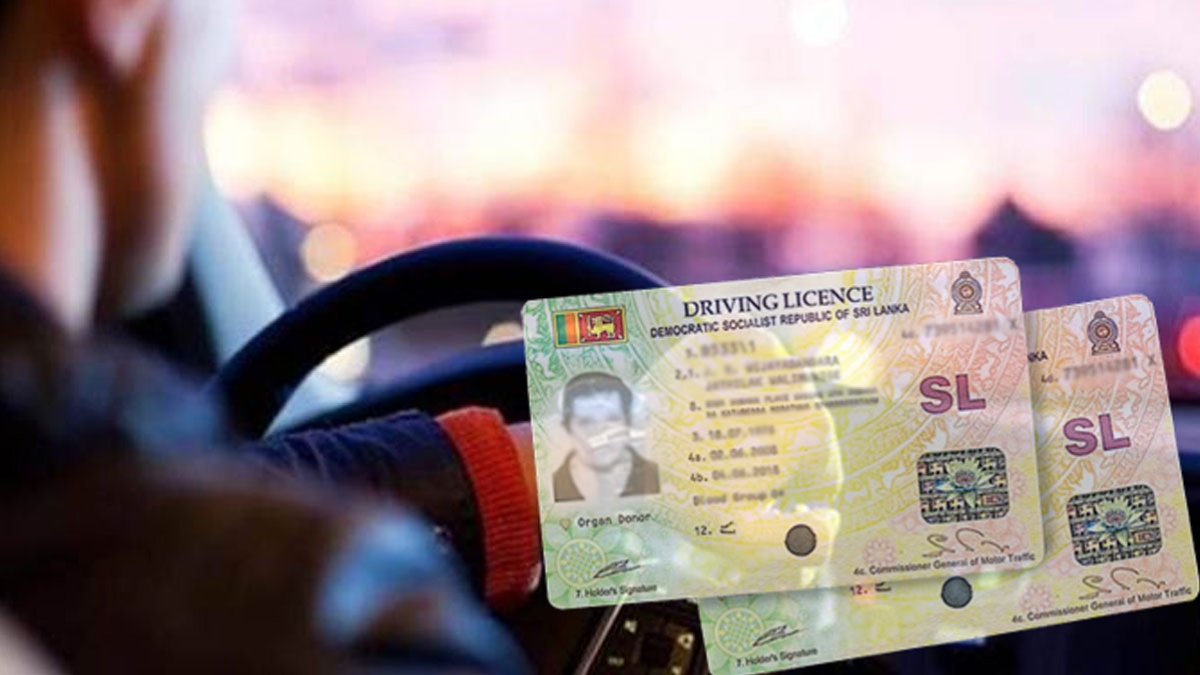



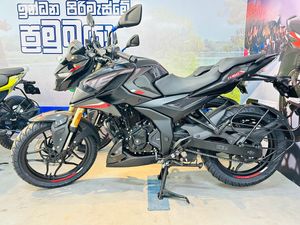
 MEMBER
MEMBER 



